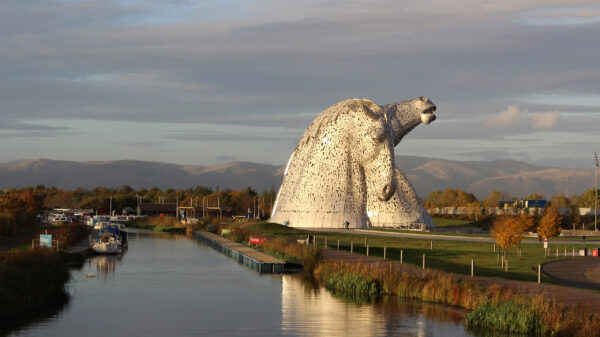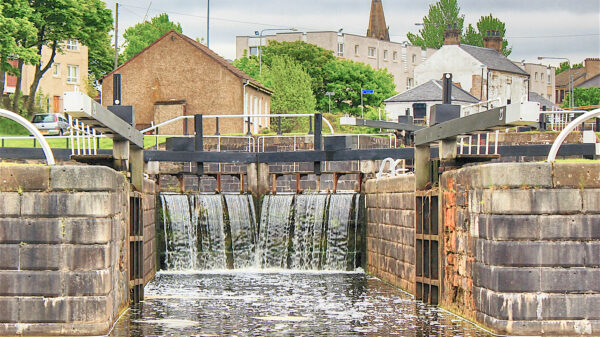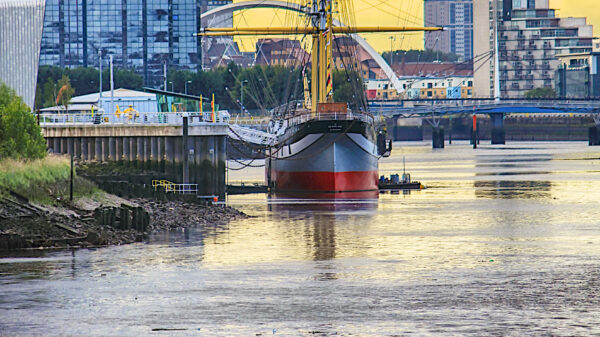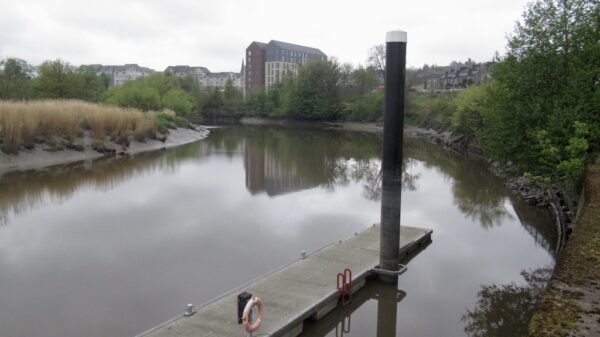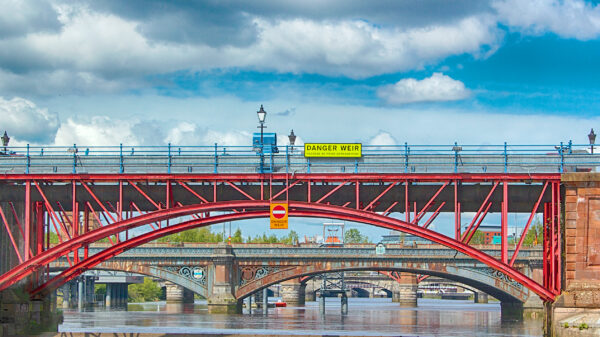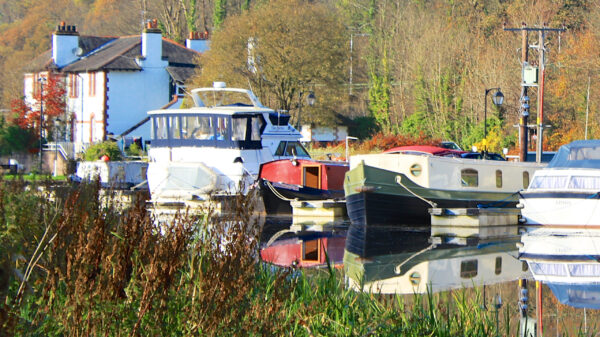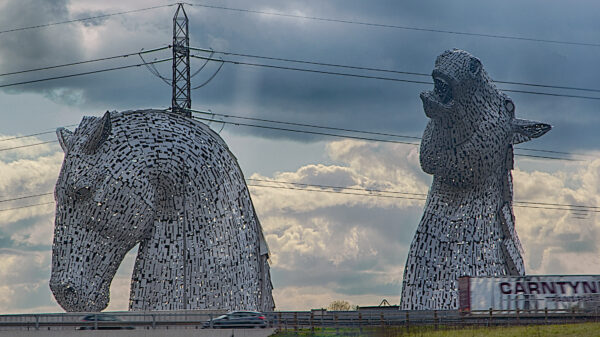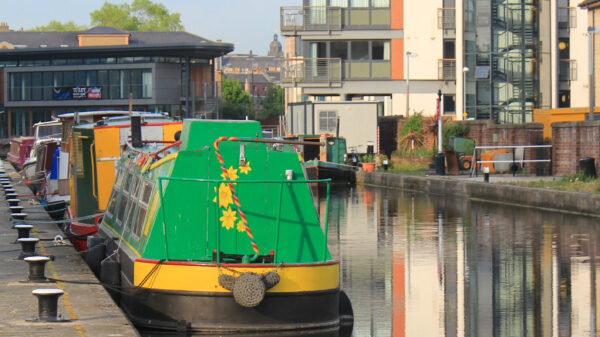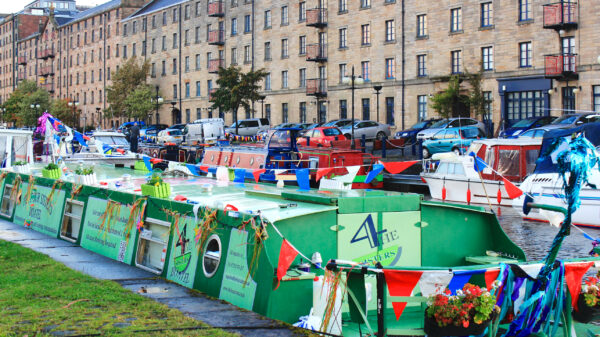About the River Clyde
Flowing through Glasgow, the River Clyde in Scotland is the eighth longest river in the UK at about 106 miles (170 km) in length. Whilst the Firth of Clyde is popular with yachtsmen, the port of Glasgow was once industrialised shipbuilding and commercial shipping territory into which few leisure craft ventured.
The navigable River Clyde is tidal and there are no navigation structures, but in the 18th and 19th century no less than six Acts of Parliament were passed to improve navigation. An Act of 1759 provided for the construction of a lock at Merlin Ford, to deepen the water over shallows there. The last of the six Act was passed in 1825, which amended three previous Acts and gave powers to make the navigable Clyde thirteen foot deep throughout its length. By this time, Glasgow was a busy port, with a census of 1824 recording that on the Clyde there were no less than 310 British and 37 foreign ships on the Clyde. Today, it is a different story, with the river near deserted and is a largely missed opportunity for freight operations and visited by few leisure craft
[The photo shows bridges and weirs on the Clyde in Glasgow – by Jonathan Mosse]


